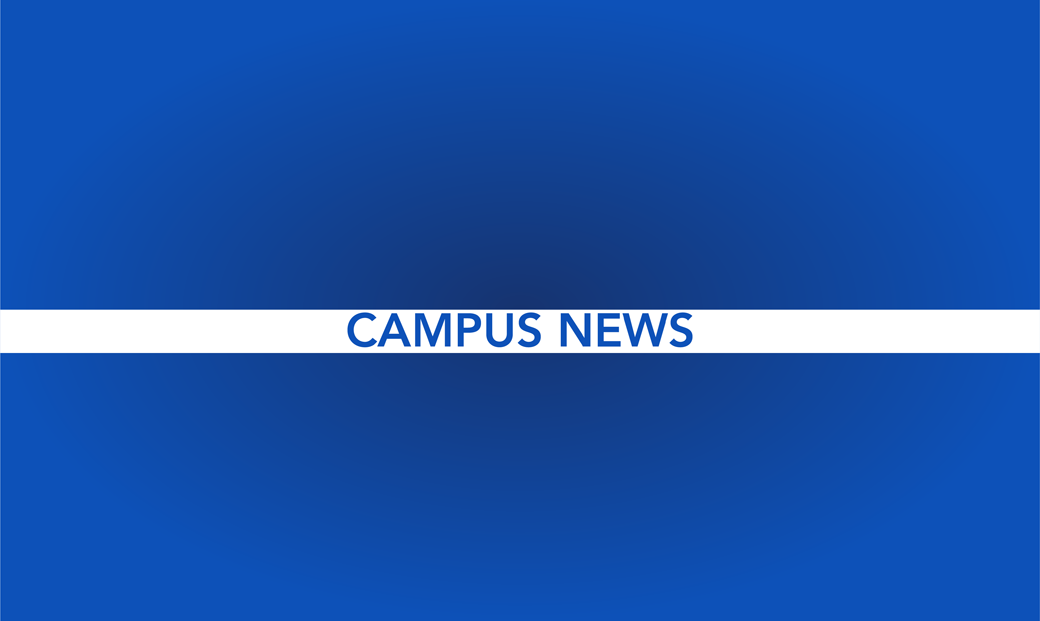
Tuition rising five percent across the state
Students at the University of South Dakota will pay more out-of-pocket after an increase of tuition and fees was approved last week by the South Dakota Board of Regents.
USD will see a yearly cost increase of about $435 per student, or about 5.4 percent. The average increase across the regental system was $455.76 yearly, or 5.8 percent.
Jack Warner, executive director of the SDBOR, said he has not received much student feedback regarding the increase.
He attributes the low amount of complaints or concerns to student governments already igniting conversations on campus about increases to tuition and General Activity Fees.
“We never like raising tuition and fees,” Warner said. “We understand the impact, particularly on students struggling to make tuition bills. So, that’s what made it important to see what was driving the increase and going from there.”
The incentives behind the increase were a two percent market movement, state salary policy and reorganization of other state employee classifications.
One percent of the increase will be used to increase the salary pool, which is a state requirement to balance the cost of employees supported through tuition and fees.
A lack of state funding for higher education also added to the increase.
“There are a number of fixed costs that impact tuition and fee rates. Those cost drivers necessitate these rate adjustments, especially when additional state revenue is not available to us,” BOR President Dean Krogman said.
Sophomore finance major Austin Wagner does not see the tuition increase as anything detrimental to students. He said the university has a reputation for affordability.
“The increase is a drop in the bucket compared to what students pay tuition for across the rest of the country,” Wagner said.
When comparing the 2015 increase to previous increases, Warner said, all factors included, the increase was standard.
“It’s reasonable, given what drives it,” he said. “When you add up each of the components, it’s not surprising you get into the five percent range.”
In 2014, the state approved a tuition freeze because of $4 million in state general funds appropriated by the legislature.
“Unfortunately, state revenue estimates this year were tighter than expected,” Krogman said. “While we had requested a tuition freeze in our budget request last fall, additional revenue from the state was not available to make that happen for the coming year.”
In the public discussions, South Dakota’s relatively low cost for in-state students was highlighted. South Dakota came in below both Iowa and Minnesota for average total cost at a public institution in fiscal year 2015.
Warner said he hopes tuition freezes are an option in future years.
“In those years where resources might be more plentiful than this one, I would hope freezes would be funded,” Warner said.


